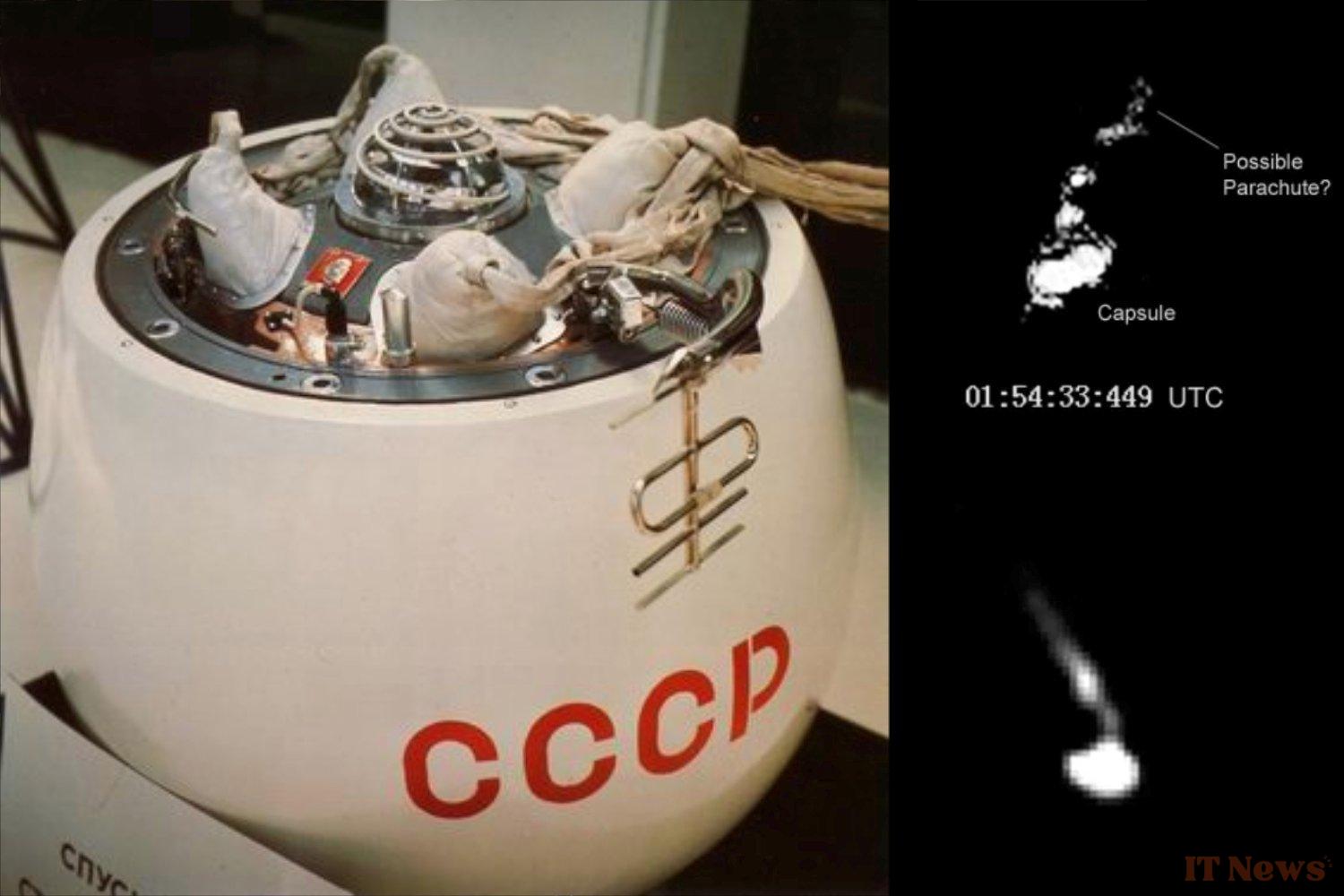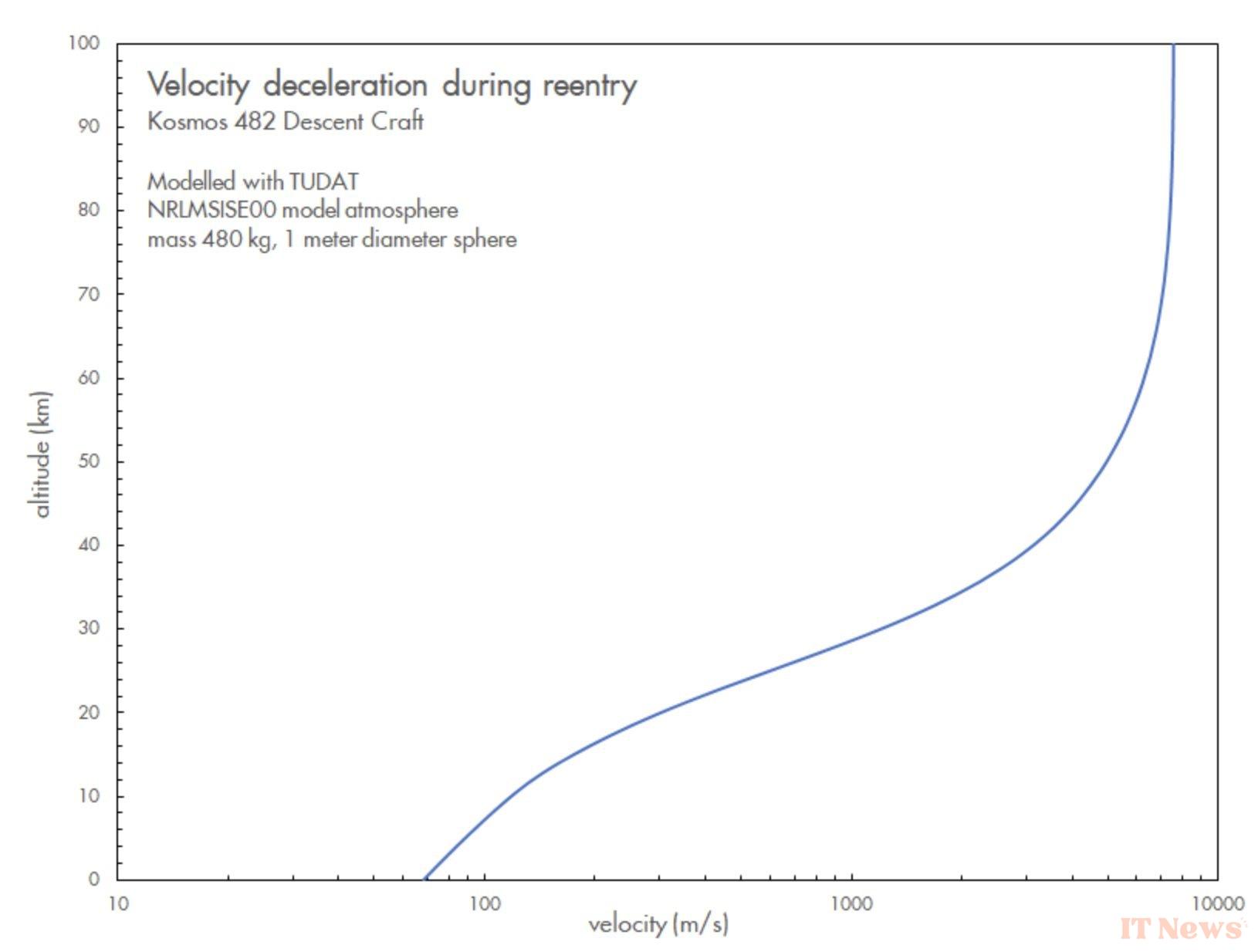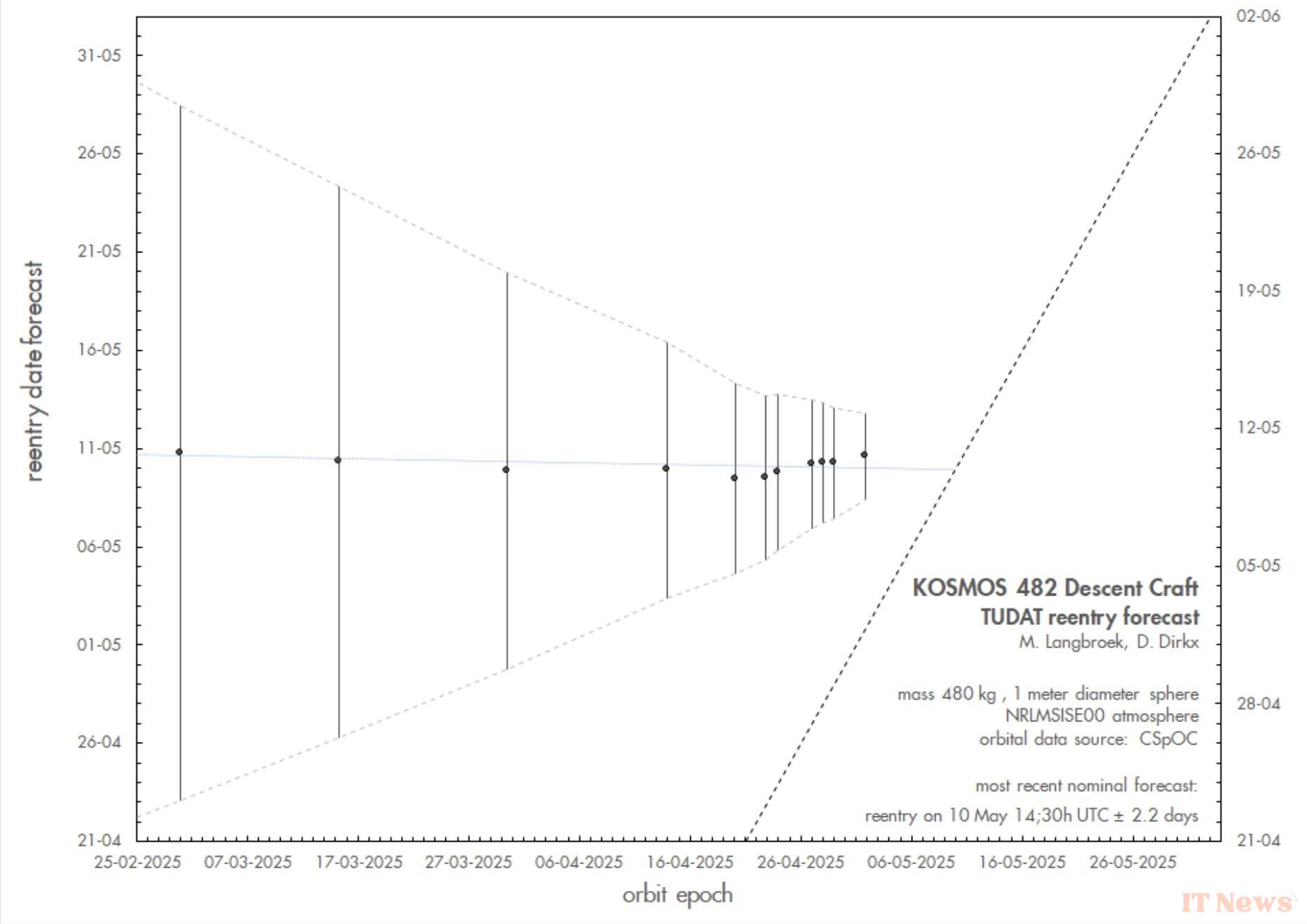A gift from heaven for aerospace history. For several days, the scientific community has been focusing on Cosmos 482, a capsule from the former Soviet Union launched in 1972 with the aim of landing on the planet Venus. After a failed takeoff, the craft never reached Earth's "twin sister," located 41 million kilometers away. The capsule and its lander were therefore unable to escape Earth's attractiveness and remained "stuck" in orbit around Earth. Their journey of more than fifty years is soon coming to an end, as Cosmos 482's trajectory leads it to an imminent atmospheric re-entry.
Satellite trackers are focusing their attention on its case, even though the probe is not like the others. Designed to survive atmospheric entry, the chances are high that the probe will survive the last few meters of its journey and slow down enough to avoid vanishing into thin air or exploding into pieces.
What we know about Cosmos 482's uncontrolled return to Earth
"Because this is a lander designed to survive the Venusian atmosphere, it is possible that it could survive reentry and impact intact," reported Marco Langbroek of SatTrackCam Leiden, as quoted by Space.com. The star still weighs more than half a ton, and its atmospheric entry will be uncontrolled, which still creates a whole host of risks on Earth. Marco Langbroek published a whole bunch of graphs on the speed and date predictions of atmospheric entry, based in particular on the experience of the return of Venera 8, another probe launched in 1972 and returned to Earth.
According to the specialist, Cosmos 482 should make its atmospheric entry on May 10, with a margin of error of 2 days, whether before or after this date (NASA agrees). The window is close, and many curious people want to know the outcome. "However, many factors are uncertain, including the reentry trajectory and its condition," added Marco Langbroek, including the parachute. The best way to save the capsule would be for the trajectory not to be too vertical or horizontal (at the risk of not having time to slow down, or of "bouncing" off the atmosphere).
While waiting for the event, observations continue with cutting-edge equipment, to provide The first images from the capsule. The Cosmos 482 probe follows an elliptical trajectory in which the apogee is constantly decreasing. It is currently located at 400 kilometers while the perigee is stable, at 200 kilometers.
Dutch astronomer and photographer Ralf Vandebergh thus delivered new images of the probe in orbit, closest to Earth. Quoted by Space.com, he explained what he saw: "several images seem to confirm what I thought I saw in the 2014 images: the presence of a compact ball, but several images show an elongated and fragile structure on a specific side of the ball." This could be the parachute that has detached.
Source: Space.com






0 Comments